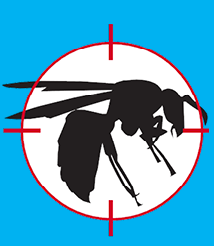A recent pest control job in the Essex area found us treating a loft, and the seals around the upstairs windows for this fairly common pest. On inspection of the loft we discovered the owner had been leaving large amounts of mouse bait in trays on the loft floor. We looked carefully around the bait trays and it was clear that beetle larva had been at work on the grain mouse bait, small holes in the plastic trays and the grain in places eaten to a dust like substance, told our pest control experts at wild things pest solutions, everything we needed to know.
Obviously the first course of action would be to remove all the mouse bait which had been the source of the problem. After this a day was arranged for us to return and treat the loft with a long acting insecticide.
Quite often the problem of biscuit beetles can have its origins from the loft where old bird nests attract them, or as in this case the mouse bait.
The life cycle of the biscuit beetle begins with the females laying their eggs close to a food source, these begin to turn into small larva that burrow their way into food products. The larval stage lasts for about 2 months, after which they pupate inside the food itself. After about 2 weeks they hatch into adult beetles, which begin their mating ritual. The adult beetle only live for about 6 weeks and during this time don’t feed its larva, that cause the damage, but the females then lay more eggs and the cycle continues on.
If you find that you have biscuit beetles which are about 3 mm in length and a reddish brown colour, remember to dispose of all food in infested areas and throughly clean with a disinfectant. If you find there’s still a problem, then contacting us for professional pest control treatments is the way forward.




